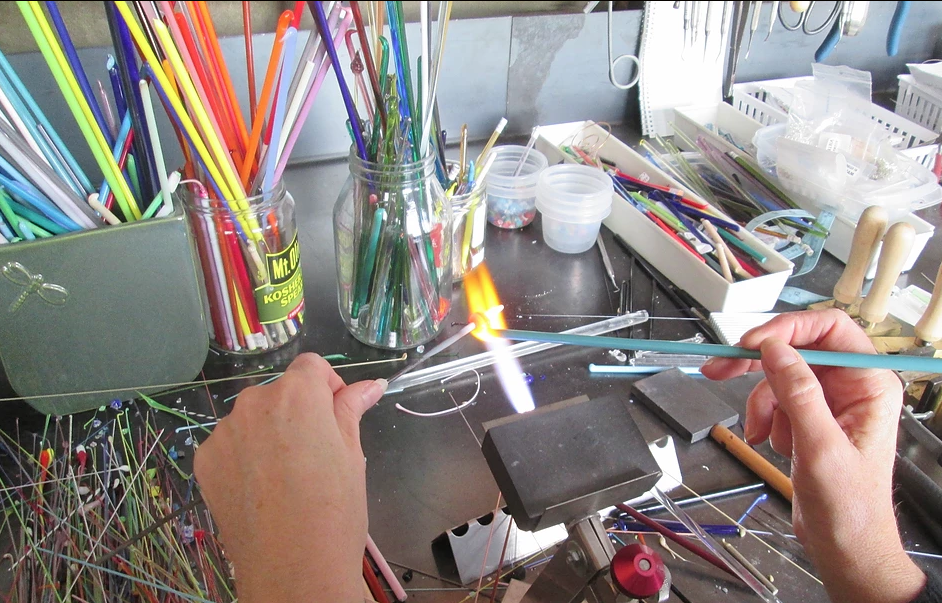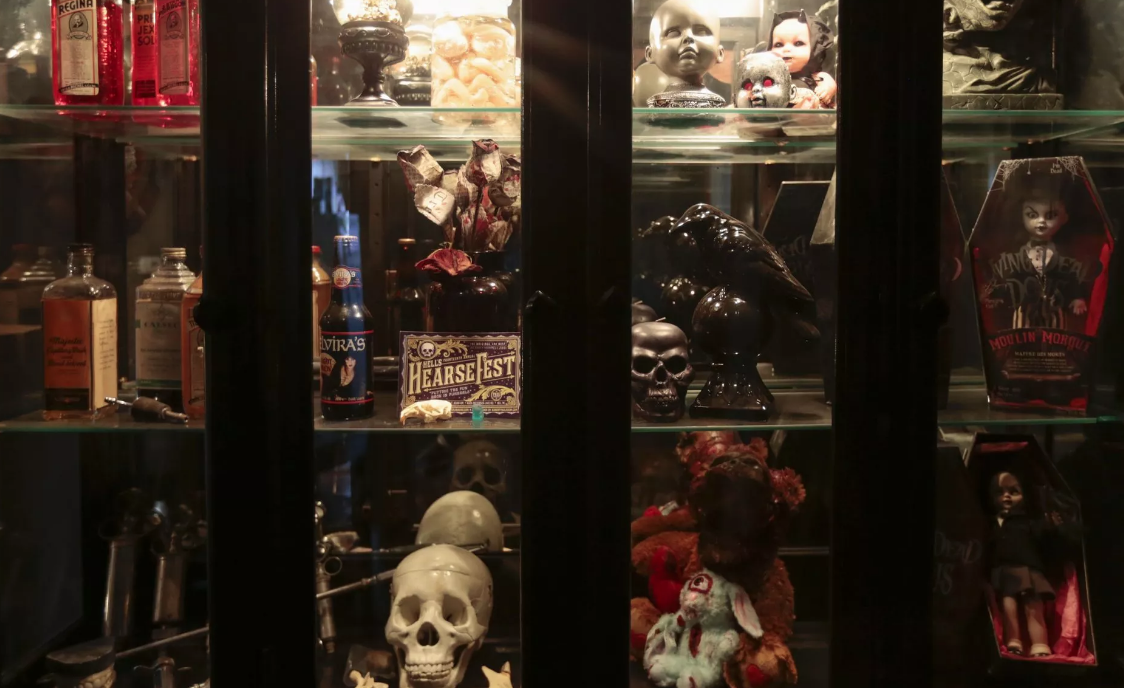When O-Bits was a kid, we were obsessed with the Space Program. We’d wake up early to watch the launches, read up about all the astronauts, for at time even switched our model-making from cars to Apollo rockets and the LEM. (We even briefly considered “astronaut” as a possible career choice, dissuaded only when we discovered they drank their own filtered urine.) At summer camp the year of the Apollo 11 moon landing, we watched Neil Armstrong take that one giant leap for mankind on a small black-and-white TV in the camp’s mess hall, our cheers so loud we couldn’t hear Armstrong’s first words. Our love for NASA was reignited during last year’s total solar eclipse, which we watched on-line at NASA.gov. Their hosts and reporters were all NASA scientists, which meant they weren’t smooth, and the joy they took in viewing the eclipse had a freshness, and the unvarnished enthusiasm with which they described it was contagious. What’s all this have to do with death, you ask? Well, NASA has discovered a new way that stars can die. It’s called “fast-evolving luminous transient,” or “FELT.” The dying star gathers a cocoon of dust and gas around itself, and when it goes supernova, the energy released hits the shell, and the kinetic energy is turned to light. It also occurs ten times faster than usual, over a period of a few days. It was detected by the Kepler telescope, and can be seen in the time-lapse video below. We salute the dead star responsible for it.
In another, somewhat more earthbound, manner, Amy Kruske makes something beautiful using energy and matter. She creates glass beads using ashes from cremated bodies. The process uses only one tablespoon of the ashes, and each bead—which can be threaded to make a bracelet, or a pendant, is individually decorated in consultation with the client. She encourages her clients to tell her stories about the deceased, believing that knowledge helps her create a personalized bead. “I pray for for the client, for the deceased, and then I let Love lead the way,” she writes on her site, www.lightwithinbeads.com. “I feel truly blessed to be part of this sacred work.”

The Springfield (Missouri) News-Leader profiles a couple after our own heart. Laila Sixkiller and Christopher Baker will vow “until death do us part,” at their October wedding, but it was death that brought them together. They met at a screening of the original “Texas Chainsaw Massacre,” and drive his-and-her hearses (the plates on his reads HORROR,” hers “2DEATH”). Their house is decorated in American goth: a Ouija board is repurposed for a tray, coffins become love seats, and the tombstone of an unnamed infant who was born and died in November 1900 sits in their front lawn. The shelves of a cabinet are filled with sculls, and baby dolls in tiny coffins. ” We share a passion for the macabre and all things black,” Sixkiller says. And, of course, they’ll be married in a cemetery. And the bride will wear black. L’Chaim, we guess.


Leave a Reply